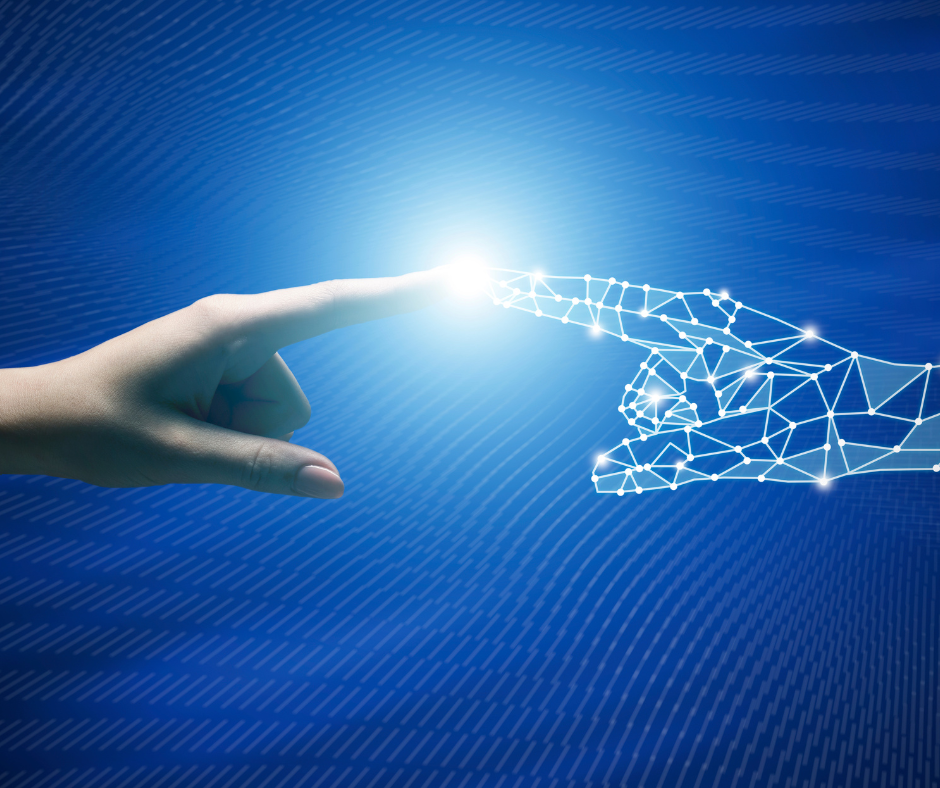Realizing the Power of AI Throughout the Donor Cycle
Riya Ramaswamy
Published: 08/26/2025

What do a phone book, fax machine, and Nokia cell phone all have in common?
At some point they were all considered the “latest” in fundraising tech. Of course, with the advent of AI, these are all considerably retro.
The technology we use to support fundraising efforts keeps changing, and now it has changed beyond what we could have imagined. From acting as a sounding board to drafting and summarizing your data and correspondence, artificial intelligence can now
be your personal assistant that never gets tired.
Meredith Schneider, MBA, Vice President at Graham Pelton, breaks down how you can implement AI into each stage of the donor cycle to increase retention and decrease unnecessary grunt work.
Identification
This first stage, largely characterized by sorting through, collecting, and analyzing data, can be simplified with AI. In addition to compiling and synthesizing information, your AI tool can assist with:
- Uncovering potential donors by analyzing vast datasets to identify patterns
- Mapping relationships between existing donors and board members
- Evaluating past engagement history to identify involved non-donors
- Calculating gratitude scores to recognize potential grateful family opportunities
Qualification
Once prospective donors are identified, AI can assist you with knowing exactly where to focus. For example, your AI tool can:
- Compile comprehensive donor profiles with professional, personal, and philanthropic data
- Craft personalized qualification outreach messages that align with donor interests
- Automate follow-up workflows to maintain consistent outreach
- Calculate optimal timing for qualification meetings and outreach
Cultivation
This stage of the donor cycle is crucial to building a strong relationship with donors, and AI can ensure that meaningful connections are being built and maintained. During this phase, use AI to:
- Record and analyze conversation transcripts to create contact reports and identify optimal next steps
- Prepare conversation guides for gift officers before cultivation meetings
- Create custom content highlighting impact stories aligned with donor priorities
- Identify any potential hesitations before they emerge as formal objections
Solicitation
When it’s time to make the ask, AI helps ensure every solicitation is personalized, timely, and compelling. AI can streamline this phase of the donor cycle by:
- Preparing strategic talking points for gift solicitation conversations
- Drafting personalized proposals that align with donor interests
- Simulating solicitation scenarios that are tailored based on characteristics of prospective donors
- Recommending ideal timelines based on donor behavior patterns
Stewardship
You’ve successfully made and received the ask, but how do you maintain that relationship? If you know how the donor would like to be recognized, ask AI to assist you with:
- Crafting donor journey visualizations to demonstrate cumulative impact over time
- Generating tailored stewardship plans that align with gift size and donor expectations
- Developing personalized content that highlights outcomes from donor-funded initiatives
- Identifying any potential retentions risks before traditional warning signs appear
Take the Next Step
If you are completely new to AI, it may be helpful to begin implementing it into your organization in simple ways. Let’s look at an example within the second stage of the donor cycle: Qualification.
You have identified a prospective donor and need to craft an outreach message. Simplify your process by using the prompt:
- “Draft a short, warm email introducing myself to [insert donor name]. The email should explain how our [insert mission and values] align with theirs, reference their interest in [insert detail], and suggest a brief call to learn more about
them”
AI will generate a draft email that you can refine to fit your own voice. Remember, it’s key to review and edit for accuracy and tone before sending.
As an additional follow-up step, you can ask AI what the optimal timing is to reach out to these potential donors. It can even help you brainstorm a few open-ended questions you could use during a first conversation, such as:
- “Suggest three thoughtful questions I could ask [donor name] to better understand their philanthropic goals and motivations.”
This process not only saves time, but can also spark new ideas for how to engage donors more meaningfully at the earliest stages of relationship building.
This is just one example of how AI can increase efficiency and improve your process of researching and securing donors.
AI is changing how healthcare philanthropy teams connect with donors. As our field continues to evolve, we need to embrace AI as a partner within the donor cycle process. It can help streamline our processes, act more strategically, and tailor outreach
thoughtfully. Who knows, today’s AI chatbot may the Motorola Razr flip phone of the near future.
If you’re ready to dive deeper into AI and understand how to better apply it to your organization, explore our AHP AI Summit on-demand.